This article was medically reviewed by Sarah Gehrke, RN, MS and by wikiHow staff writer, Jennifer Mueller, JD. Sarah Gehrke is a Registered Nurse and Licensed Massage Therapist in Texas. Sarah has over 10 years of experience teaching and practicing phlebotomy and intravenous (IV) therapy using physical, psychological, and emotional support. She received her Massage Therapist License from the Amarillo Massage Therapy Institute in 2008 and a M.S. in Nursing from the University of Phoenix in 2013.
There are 13 references cited in this article, which can be found at the bottom of the page.
This article has been viewed 21,093 times.
If you've been bitten by a tick, it's normal to feel nervous that you might have contracted Lyme disease. There is a two-step process recommended by the CDC to test for Lyme. The process tests your blood for evidence of antibodies your body produces to resist spirochete bacteria, which causes Lyme disease.[1] Your health care provider will first review your symptoms. Depending on your condition, you'll be given an initial screening. The more detailed "Western blot" test will be done if the initial screening indicates a positive result.[2]
Steps
Analyzing Symptoms
-
1Evaluate the transmission risk in your area. If you live in an area where Lyme is frequently reported and there is a high risk of transmission, you may be diagnosed based on your symptoms alone, without any blood testing.[3]
- If you aren't symptomatic, your doctor may still do blood testing if you live in a high-risk area. However, if you live in a low risk area where Lyme is infrequently reported, your doctor may advise you to monitor for symptoms rather than conducting any blood tests.
- The CDC has maps of reported cases in the United States available at https://www.cdc.gov/lyme/stats/maps.html.
-
2Watch for a rash around the bite. A significant rash around the bite marks is the primary indication that you may have contracted Lyme disease. Typically, the area will be swollen with a reddened, ring-like rash expanding from the bite.[4]
- A rash may appear within 24 hours of the bite, or it may take several days to appear. The rash will keep expanding, which can be alarming, so see a doctor as soon as possible if a rash develops.
- In some cases, the rash may not appear until 14 days after you receive the bite.
- Some people with Lyme disease never develop a rash, so the absence of a rash does not mean that you don't have Lyme disease.[5]
Advertisement -
3See a doctor immediately if you have flu-like symptoms. Fever, muscle aches, and other flu-like symptoms are a common indication of Lyme disease. These symptoms can occur even if you don't have a rash around the bite.[6]
- Typically, flu-like symptoms related to Lyme disease won't appear until 7 to 10 days after the bite.
- If you live in an area with a high transmission risk and have a rash and flu-like symptoms, your doctor may diagnose Lyme disease without blood tests. If you're already experiencing flu-like symptoms, a false-negative result from blood tests is likely.
-
4Document any joint swelling. The swelling of large joints, such as your knees, is a common symptom of Lyme disease. This might seem scary, but it's treatable. Your joints may also be stiff or sore. The swelling may only last a few hours or may persist throughout the day.[7]
- If you notice joint swelling, take note of the date and time. Record how long it has been since you were bitten by a tick.
- If you've ever had problems with your joints before, discuss this with your doctor so they can rule out other conditions.
-
5Keep a journal to monitor long-term symptoms. You may not be symptomatic in the days or weeks immediately after a tick bite. However, symptoms such as fatigue, joint and muscle aches and pains, or digestive symptoms, may appear months later.[8]
- Long-term symptoms also may persist even after treatment. There are neurological symptoms, including cognitive impairment, memory loss, or mood changes, that may be more difficult to notice without monitoring yourself and journaling consistently.
- There is no test that can confirm you are cured of Lyme disease, even after you are treated. Symptoms may persist for months or even years after initial infection.
Getting an Initial Screening
-
1Discuss your symptoms with your doctor. When you talk to your doctor, let them know exactly what symptoms you've been experiencing and for how long. Let your doctor know the date you were bitten, and how long after the bite each symptom occurred.[9]
- There are many varied symptoms of Lyme disease, and each patient may not get all of them. Describe any differences in your mental or physical condition since you were bitten by the tick, even if you don't think the difference is related.
- Even if you've experienced no symptoms, it's still possible that you've contracted Lyme disease. Don't be afraid to insist on an initial screening to rule it out if it's something that worries you.
-
2Have a blood sample taken. The standard initial screening test is an enzyme-linked immunoassay (ELISA) blood test. It measures antibodies produced by your immune system to combat harmful substances. This test is similar to blood tests you would take to identify allergies.[10]
- Your blood sample will be sent to a laboratory and the blood will be introduced to a testing solution. If the antibodies produced to fight Lyme disease are present, the solution will change color.
-
3Go over your results with your doctor. Depending on how far away your doctor has to send your blood for testing, you could get your results in as little as day. The test will be positive, negative, or "indeterminate."[11]
- If the result is negative, you likely don't have Lyme disease. Your doctor may order further testing, however, if you are symptomatic.
- If the result is positive, the doctor will order additional blood testing to confirm the result.
- An indeterminate result may also require further testing, especially if you are symptomatic.
Interpreting Western Blot Test Results
-
1Go over your test results with your doctor. If your doctor orders a Western blot test, they'll contact you when they receive your results. Your doctor will interpret the results and decide whether to diagnose you with Lyme. However, you may want to be able to read and understand the results on your own.[12]
- Don't be afraid to speak up if you disagree with your doctor about their interpretation of your test results. Ask them to clarify their diagnosis or to give you more information about why they came to that conclusion.
- If you and your doctor continue to be in disagreement, you may want to seek out a second opinion.
-
2Identify bands specific to Lyme disease. The Western blot test uses electricity to separate blood antigens into bands. Particular bands have been identified by researchers as specific to Lyme disease.[13]
- There are 9 bands linked to Lyme disease: 18, 23, 24, 25, 31, 34, 37, 39, 83, and 93.
-
3Check the number and location of bands in your test pattern. Your test result will look similar to a barcode, with bars in some bands and not in others. The location of the darker bars in your test result determines whether you likely have Lyme disease.[14]
- Bars in the numbered bands linked to Lyme disease means you may have Lyme disease. The U.S. Centers for Disease Control (CDC) requires bars in 5 bands before a confident diagnosis of Lyme disease can be made. However, your doctor may diagnose Lyme disease with fewer positive bands, depending on your symptoms and other factors.
-
4Review the response level indicated by the lab technician. For each band, the lab technician analyzes whether that antibody is present. A "+" is a positive immune response, while an "IND" (indeterminate) should be regarded as a weak positive immune response.[15]
- If you have several indeterminate responses, your doctor may have you come back for another test in a few weeks. Sometimes it can take your body time to start producing these antibodies in reaction to the bacteria. This is especially likely if you were recently bitten.
- You might also see "++" or "+++" representing very strong responses. However, in Lyme patients these responses are rare, because your immune system has already been compromised.
-
5Include additional nonspecific bands in your interpretation. The presence of bars in other bands on your report may add weight to a diagnosis of Lyme disease. However, their presence is not absolutely specific to Lyme bacteria, and could indicate a reaction to something else.[16]
- These bands include 22, 28, 30, 41, 45, 58, 66, and 73. Bars in these bands could also indicate that you are also infected with another disease, which is common with Lyme patients.
- Talk with your doctor about using a testing service that reports all bands. This typically must be requested by your doctor.[17]
Warnings
- Lyme disease diagnosis typically is based on your medical history and current symptoms, not the results of your blood test. However, the blood test can assist in diagnosis or help confirm a diagnosis.[19]⧼thumbs_response⧽
- Different labs may use different criteria for interpreting your test results, so it is possible to get a positive test result from one lab and a negative result from another.[20]⧼thumbs_response⧽
- Most Lyme disease patients have co-infections of other diseases, which have their own testing and diagnostic procedures. Talk to your doctor about co-infections, particularly if you have widespread or diverse symptoms.[21]⧼thumbs_response⧽
References
- ↑ https://www.merckmanuals.com/professional/infectious-diseases/spirochetes/lyme-disease
- ↑ https://www.cdc.gov/lyme/diagnosistesting/labtest/twostep/index.html
- ↑ https://www.aafp.org/afp/2005/0715/p297.html
- ↑ https://www.aafp.org/afp/2005/0715/p297.html
- ↑ https://www.cdc.gov/lyme/resources/brochure/lymediseasebrochure.pdf
- ↑ https://www.aafp.org/afp/2005/0715/p297.html
- ↑ https://www.nhs.uk/conditions/lyme-disease/
- ↑ https://www.lymedisease.org/lyme-disease-symptom-checklist/
- ↑ https://www.aafp.org/afp/2005/0715/p297.html
- ↑ https://medlineplus.gov/ency/article/003332.htm
- ↑ https://www.mountsinai.org/health-library/tests/lyme-disease-blood-test
- ↑ https://www.mountsinai.org/health-library/tests/lyme-disease-blood-test
- ↑ https://www.ncbi.nlm.nih.gov/pmc/articles/PMC153420/
- ↑ https://www.ccjm.org/sites/default/files/additional-assets/PDFs/ReviewArticleExample.pdf
- ↑ http://www.lymedisease.org.au/about-lyme-disease/interpreting-lyme-disease-blood-tests/
- ↑ http://www.lymedisease.org.au/about-lyme-disease/interpreting-lyme-disease-blood-tests/
- ↑ https://www.lymedisease.org/lyme-basics/lyme-disease/diagnosis/
- ↑ https://www.cdc.gov/lyme/resources/toolkit/factsheets/Hooks_Ticks-and-Lyme-Disease-508.pdf
- ↑ http://www.lymedisease.org.au/about-lyme-disease/interpreting-lyme-disease-blood-tests/
- ↑ https://www.lymedisease.org/lyme-basics/lyme-disease/diagnosis/
- ↑ http://www.lymedisease.org.au/about-lyme-disease/interpreting-lyme-disease-blood-tests/


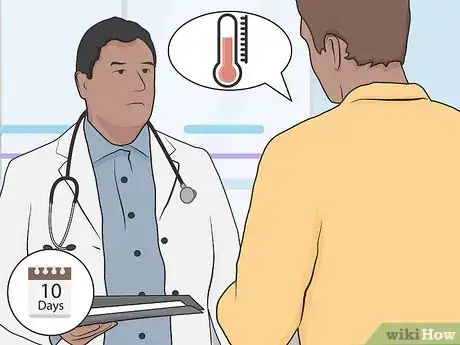
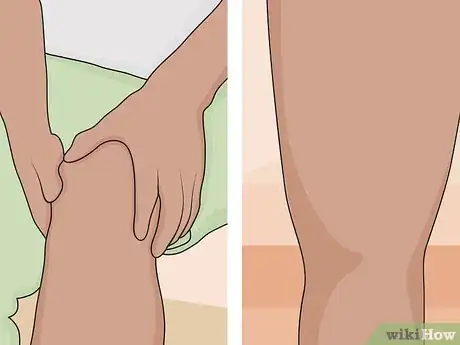


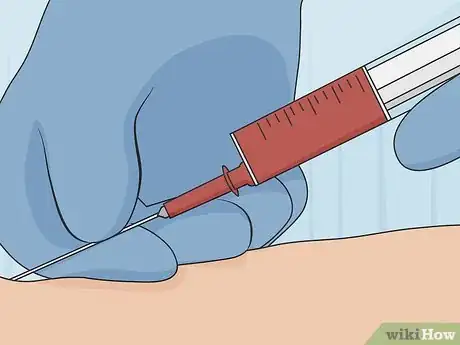




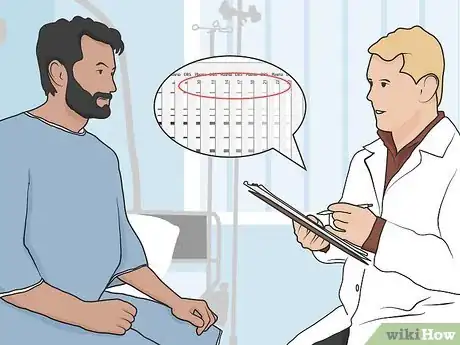
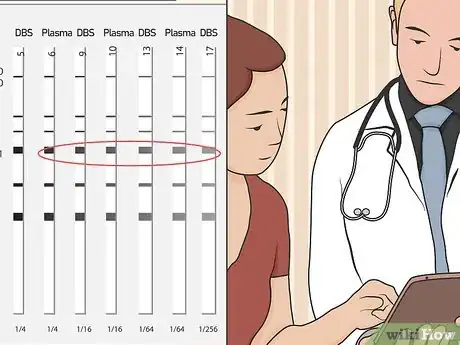
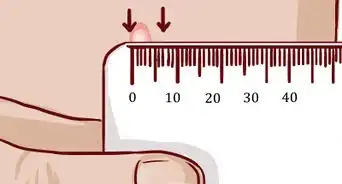
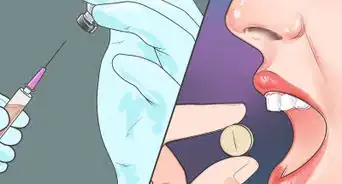

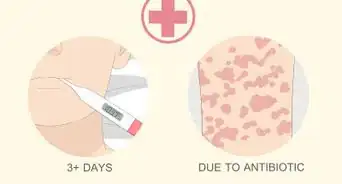







-Step-11.webp)










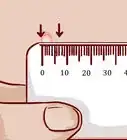


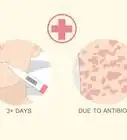



































Medical Disclaimer
The content of this article is not intended to be a substitute for professional medical advice, examination, diagnosis, or treatment. You should always contact your doctor or other qualified healthcare professional before starting, changing, or stopping any kind of health treatment.
Read More...